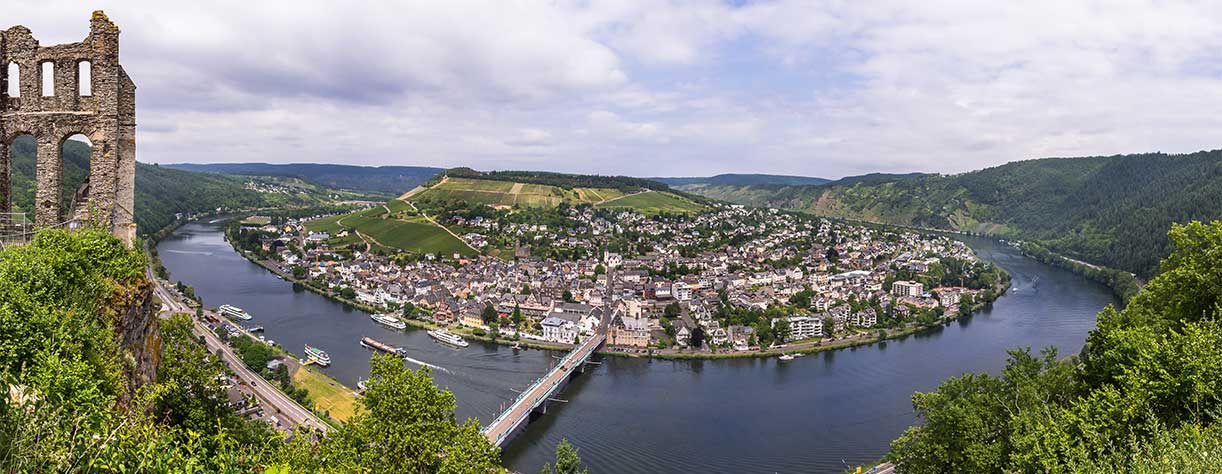

Furthermore, the implementation of the large industrial sewage treatment plant at BASF SE Ludwigshafen may have had a major impact on water quality. In fact, both the nutrition load (such as nitrates and phosphates) and the concentration of organic contaminants decreased due to installation of sewage treatment plants (both municipal and industrial) along the Rhine. Although water flow has not changed essentially during this time, water quality has improved dramatically in recent years, thus improving the habitat of endangered fish species. nasus, which were either absent or only rarely observed in the first sampling period, are now found regularly in the Rhine along this site. In fact, the fish biodiversity has increased during the whole observation period. The investigation of the fish population along the Rhine from kilometre 426 to 435 (including the BASF SE industrial site) over the past 34 years shows an overall increase in both species number and abundance. Starting in 1976, the species caught have been identified, their relative abundance determined and their overall health status observed. Along with this project, electrofishing was carried out by BASF SE at regular intervals in order to investigate potential trends in fish populations close to the industrial site in Ludwigshafen. 3 million inhabitants) located at the BASF SE site in Ludwigshafen am Rhein (Rhine-Neckar Metropolis Region, Germany). 110 million m 3 waste water per year, equivalent to a city of approx. One of the commitments was the installation of the world’s largest industrial sewage treatment plant (approx. In the 1970s water quality dropped to its lowest levels resulting in the implementation of various Rhine restoration programs, including the reintroduction of endangered and/or temporarily extinct fish species.



However, especially after the Second World War, a drop in both fish species number and abundance was observed due to the contamination of the river as a consequence of increasing industrialisation and further urbanisation of the Rhine valley. Based on historical fishing data, it can be concluded that this structural change also influenced the fish fauna of the Rhine. The former structure of the river itself had been dramatically changed as a result of the invasive canalisation project by Tulla at the beginning of the 19th century, affecting the entire river from Rheinfelden (Switzerland) to Rotterdam (The Netherlands). The Rhine is one of the most “mainstreamed” rivers in Europe, balancing several aspects including transport, drinking water supply, cooling water, energy reservoir, as well as being used for effluent disposal, and providing leisure activities such as fishing (Figure 1). However, focussing on the past decade, new invasive fish species such as the sunfish Lepomis gibbosus (L.) and three gobies have been found in high densities along the river banks which might have an impact on the fish population in this area in the future. This indicates good river water quality and an increase in fish biodiversity along the BASF site at Ludwigshafen over the last three decades. Overall 31 species have been monitored in the last 34 years. Starting with 6 to 8 fish species per catch in the 1970s, the number has raised to 25 fish species (including 4 neozoans) in recent catches. ResultsĮspecially rheophilic fish species such as asp Aspius aspius (L.), barbel Barbus barbus (L.) and nase Chondrostoma nasus (L.) which were rarely found during the first catching period (1976 – 1980) were then caught in increasing numbers and abundance. In addition, electrofishing at this site has been carried out at regular intervals since 1976 in order to monitor changes in the fish population, whereby clear trends in both fish diversity as well as abundance have been noted. When the water quality dropped to its lowest values in the 1970s, BASF SE implemented a sewage treatment plant at its production site. The Rhine-Neckar region is one of the most urbanised areas along the Rhine River and the world's largest industrial site, BASF SE, is located here at Ludwigshafen am Rhein.


 0 kommentar(er)
0 kommentar(er)
